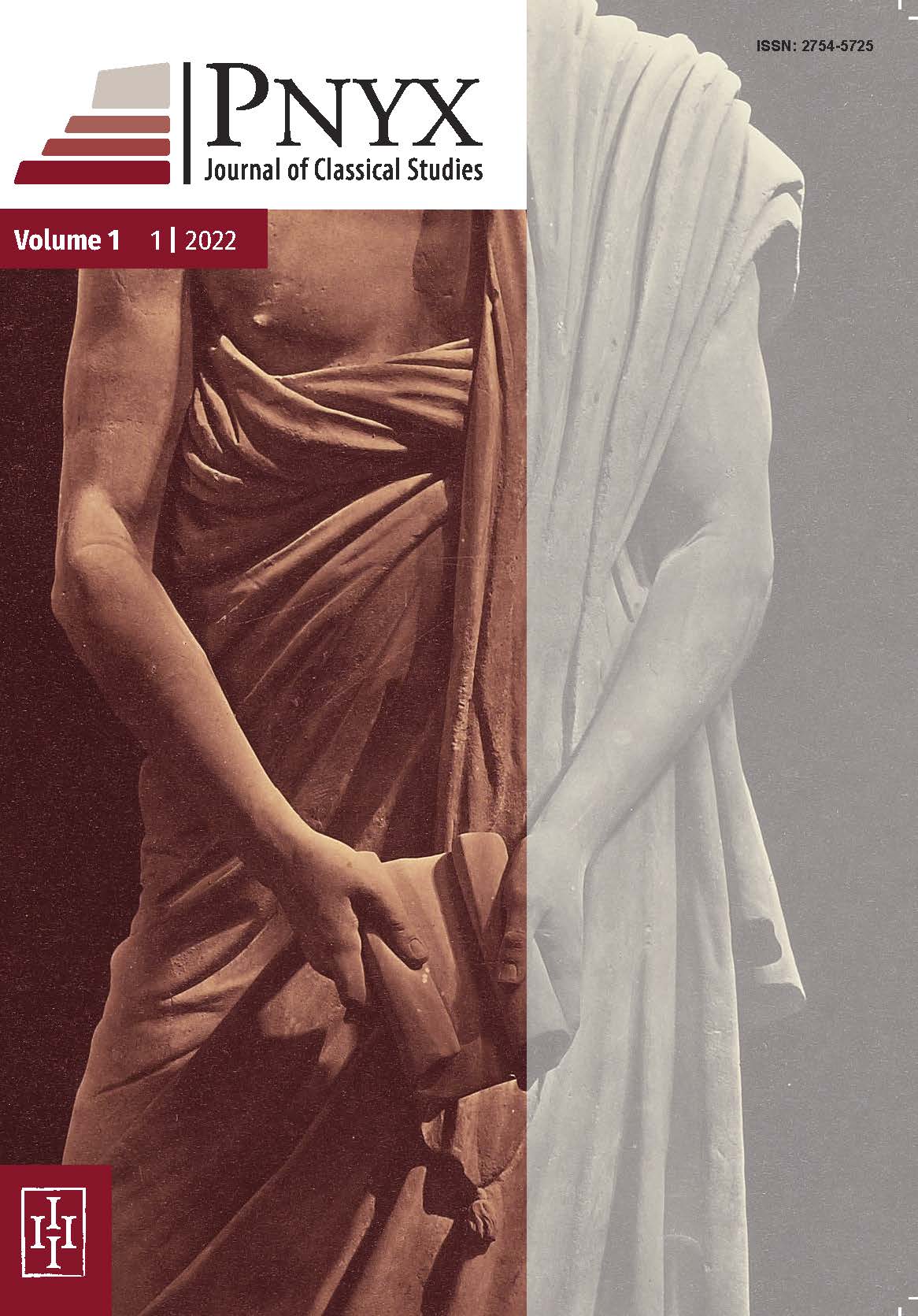Zeugitai in Fifth-Century Athens: Social and Economic Qualification from Cleisthenes to the End of the Peloponnesian War

Аннотация
The status of zeugitai as middle-class hoplites has received considerable attention in recent decades regarding property requirements for inclusion into the hoplite rank and their expected role in the Athenian army. Accordingly, this paper re-examines the idea that since the time of Cleisthenes and throughout the fifth century, the zeugitai formed a census class of middling owners with an estate equivalent to at least 3.6 hectares. It argues that late-sixth century reforms converted the property holdings of zeugitai into a monetary equivalent (in drachmas) and used the census classes as an economic criterion for recruitment from the hoplite catalogue. Already in the sixth century but especially during the Pentecontaetia, the number of hoplites/zeugitai grew substantially due to economic prosperity and the foundation of colonies and cleruchies. Many citizens without landholdings but in possession of sufficient wealth were included in the zeugitai census class and, like the famous Anthemion ([Arist.] Ath. Pol. 7.4), could ascend even higher.
##plugins.themes.ekt-hometheme.article.details##
- Как цитировать
-
Valdés Guía, M. (2022). Zeugitai in Fifth-Century Athens: Social and Economic Qualification from Cleisthenes to the End of the Peloponnesian War. Pnyx: Journal of Classical Studies, 1(1), 45–78. https://doi.org/10.55760/pnyx.2022.4
- Раздел
- Articles

Это произведение доступно по лицензии Creative Commons «Attribution» («Атрибуция») 4.0 Всемирная.
Isegoria believes in the dissemination of research without restrictions. That is why we publish Open Access, digital works under the Creative Commons Attribution licence (CC BY 4.0), following the Berlin Declaration on Open Access to Knowledge in the Sciences and Humanities and the latest developments according to the Plan S (Coalition-S).
This licence allows anyone, including the author, to share, copy, distribute, transmit, adapt, and make commercial use of the work without needing additional permission, provided appropriate attribution is made to the original author or source. Thus, all works published by Isegoria exceed all funder or institutional requirements for research to be published Open Access. Naturally, in case there is a need for a different CC BY licence (i.e. BY-ND/BY-NC-ND) due to third-party permissions, we are happy to discuss and review on a case-by-case basis.
The published Open Access books are discoverable via the Directory of Open Access Books (DOAB) and can be catalogued without restrictions to institutional repositories, academic research networks, personal websites, and be circulated freely on the web.





